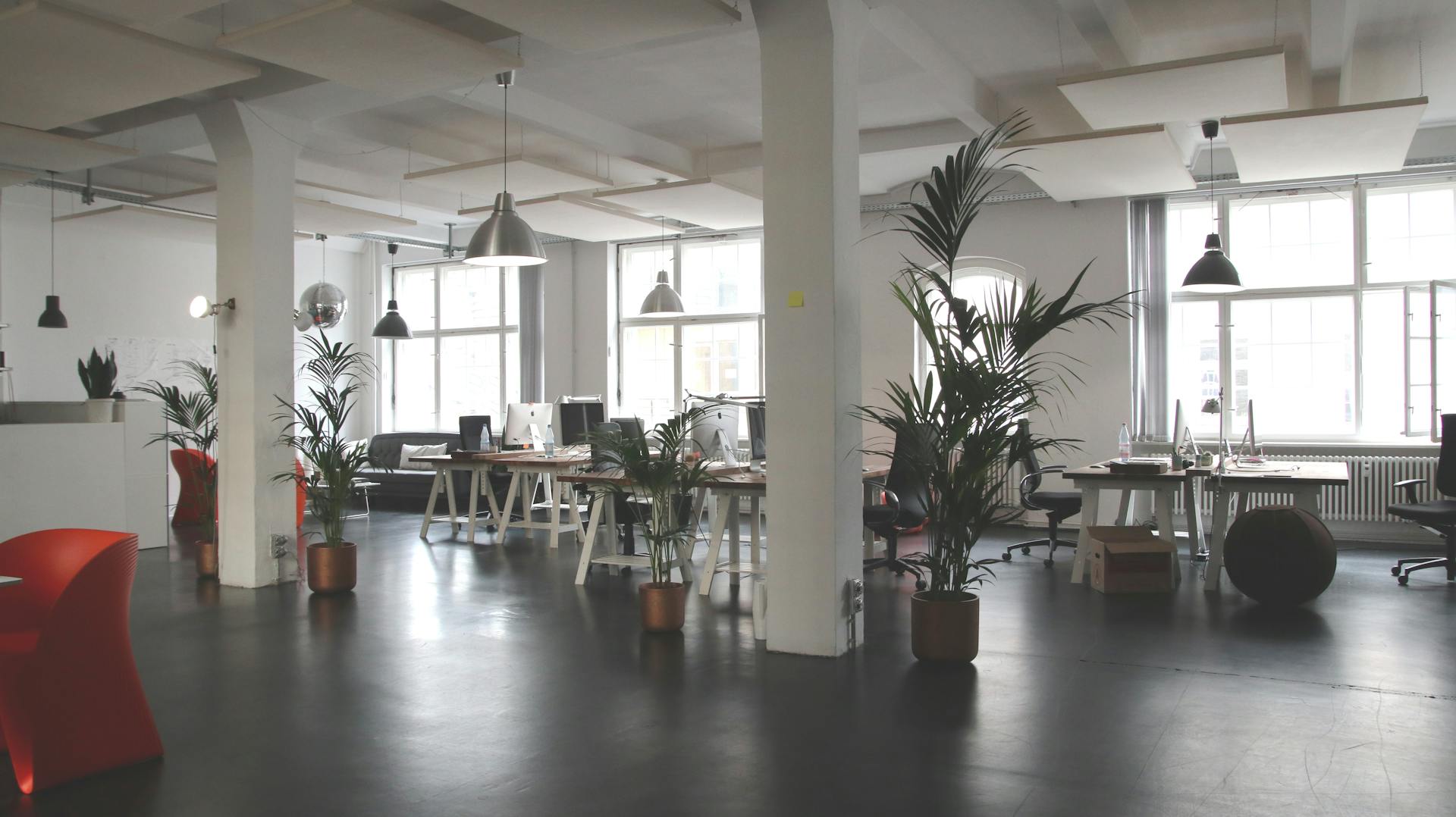One of the main dreams of the National Health Service (NHS) is to offer a safe and stable working environment where all staff, from frontline staff to healthcare professionals, can successfully carry out their duties while putting themselves first and keeping themselves safe.
This article offers thorough guidance on creating a safe workplace using NHS tips, specifically equipment such as the Mental Health Clinical Support Worker Toolkit· While the specifics between NHS trusts and settings may also vary, the basic requirements and tactics are commonly applicable to the healthcare industry .
Recognition of their basic needs
According to its official website, the NHS has highlighted several essential elements for setting up a safe environment:
Supporting staff health: Given the mental and physical strain of running a healthcare business, the NHS supports robust networks of guides · This includes work-life balance efforts, work fitness services and mental fitness assets ·
Safeguarding against aggression and ill-treatment: It is vital to have a zero-tolerance attitude towards any form of harassment or violence · To ensure staff feel safe and supported, the NHS offers guidance on stopping, recognizing and dealing with such conditions ·
Proper channels for expression: Encourage open verbal exchange and feedback channels for workers to express their problems and ideas · This will help build a respectful and continuous improvement lifestyle ·
Providing career development: Providing opportunities for professional growth, recognizing achievements and recognizing the efforts of each employee all help to promote a healthy work environment.
What should be developed?
It requires the right strategy, including formulation of coverage, training to enforce these goals.
Policy and Procedure Development: Defined regulations must specify what constitutes a safe workplace, in addition to appropriate steps to address any concerns. These instructions should be easy to understand and effectively communicated.
Training and education: It is important to have regular training sessions on topics such as managing strains, resolving disputes and understanding NHS safety procedures.
An extremely supportive atmosphere will also be created by increasing focus on mental health issues and providing education on how to recognize and help co-workers who are struggling.
Physical security measures: Secure centers and private security equipment are critical physical security measures for roles that may be exposed to violent behavior or other threats · Potential risks can be located and reduced through security audits ·
Support Systems: Creating support networks that consist of peer assistance groups and counseling offerings is critical to maintaining employee health · The effectiveness of these resources depends on selling their use without stigma ·
Feedback Mechanisms: Whether through monthly conferences or anonymous memos, it provides a forum for individual workers to share their thoughts and issues, allowing them to identify areas that want development, while also fostering an experience that truly values and hears from them·
Problems and solutions
There are difficulties in putting these standards into practice · Efforts can be hampered by lack of investment, competition from cultural change and the rigid style of capabilities and settings within the NHS ·
Prioritizing workforce investment that includes leadership at all levels to help these programs and improve techniques to meet specific requirements many groups and environments are some ways to find answers.
Best practices and case studies
The dissemination of good practice and memories of success from within the NHS can guide and motivate work across the gadget · Trusts that have applied creative mental wellbeing tasks or successful violence prevention methods can offer models for others to emulate · Shared working is also beneficial resources and know-how across departments and specializations·
What does this have to do with office designs?
The NHS relies heavily on the architecture of its workplaces to offer its staff a stable and stimulating painting environment · Beyond aesthetics, a suitable office layout by reputable providers such as D&G NHS furniture has an immediate impact on staff safety, well-being and universal patient care. It consists of things like workspace ergonomics, privacy, accessibility, and regions that help awareness and teamwork.
The basic desire for a stable work environment in the healthcare industry is largely met by well-designed workspaces that also help reduce stress, improve privacy and security, and promote optimistic employee relationships.
Ergonomics: Well-designed workspaces increase comfort and reduce the risk of work-related injuries, which is essential for staff who spend a lot of time on the job · Adjustable seats, well-placed workstations and laptop displays that reduce eye strain are essential ·
Privacy and Security: Patient and staff records can be protected by creating an environment that provides isolation for non-public discussions and secure places to store vital documents · Sound-proof rooms and easily accessible storage options are a few examples.
Safety and accessibility: Accessible workplaces must be built so that employees and people with disabilities can move freely and safely. It consists of practical emergency exits, huge corridors, ramps and properly marked signs.

